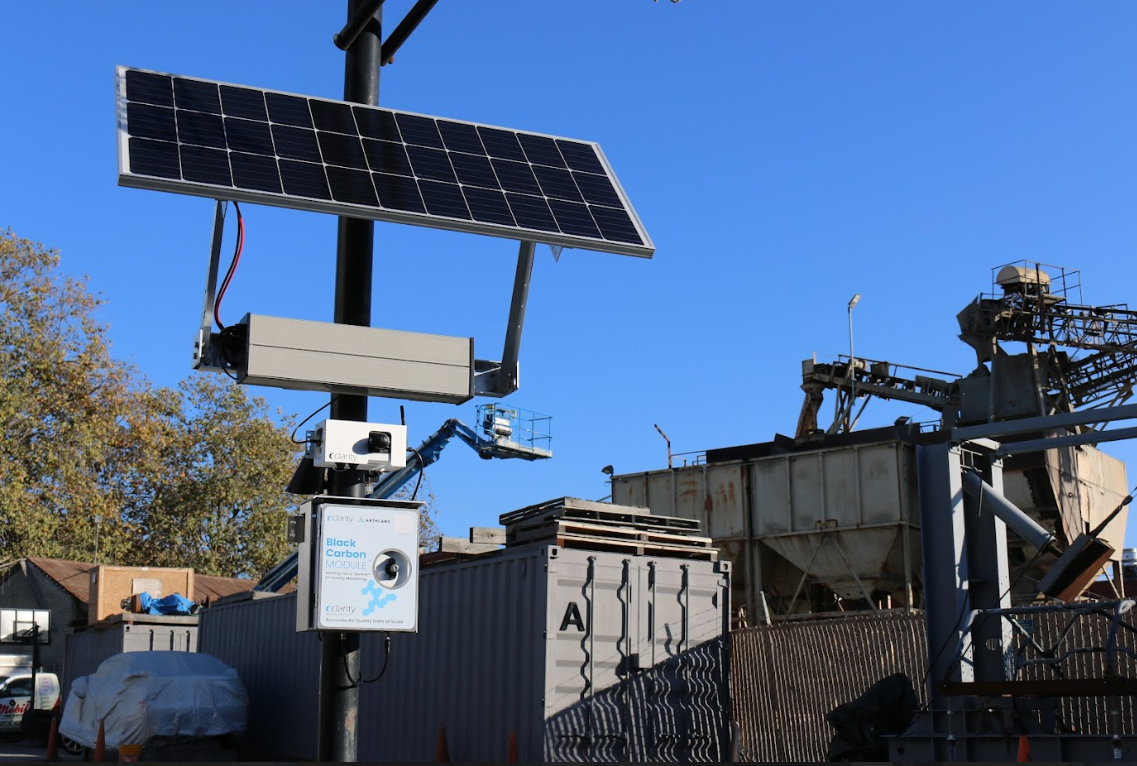How is black carbon air pollution measured?
Black carbon is a potent air pollutant with significant health and climate implications. Accurate air pollution measurement is crucial for developing effective environmental policies and health interventions.
Precise air quality measurement techniques are vital. They inform policy-making and help mitigate health and climate risks. By deploying advanced technologies, we can better understand and manage black carbon's impact. This foundational understanding sets the stage for exploring detailed measurement techniques and their global significance.
Current monitoring techniques
Monitoring black carbon involves sophisticated networks and methodologies designed to measure its concentration in ambient air. These techniques are crucial for understanding its environmental and health impacts. They provide data that helps shape policies and strategies aimed at reducing exposure to this harmful pollutant. Current strategies include:
- Ambient air monitoring: This technique uses ground-based sensors to measure black carbon levels in the environment. It is the most common approach and provides valuable insights into the pollutant's presence in various locations. Clarity's Node-S device, part of our comprehensive air quality monitoring solution, is equipped to measure particulate matter and nitrogen dioxide and is easily intergrated with our Black Carbon Module, offering a flexible and scalable approach for ambient air monitoring.
- Remote sensing technologies: Employ advanced instruments to capture data on black carbon from a distance. These tools complement ground-based measurements and expand the reach of monitoring networks.
- Biological sample analysis: Quantifying black carbon in biological samples, such as placental tissue, cord blood, and urine, offers a deeper understanding of human exposure and health impacts. This internal measurement addresses gaps in ambient monitoring and provides a more accurate assessment of health risks.
Despite these methodologies, challenges in black carbon measurement persist. Current systems often rely heavily on external measurements, which may not fully capture the health implications of black carbon exposure. More advanced and widespread monitoring is needed to ensure comprehensive data collection. This includes enhancing network coverage and integrating internal exposure assessments, providing a clearer picture of the pollutant's impact on health and the environment.
Environmental impact and climate change
Black carbon is a potent climate pollutant with significant environmental impacts. It absorbs solar radiation, contributing directly to atmospheric warming. This warming effect accelerates the melting of snow and ice, altering both global and local climates. The presence of black carbon on ice surfaces enhances heat absorption, leading to faster melting and rising sea levels.
Understanding black carbon's environmental footprint is crucial for climate change mitigation. Monitoring emissions is essential to grasp its full impact and devise strategies to reduce its presence in the atmosphere. Improved measurement techniques play a critical role in this process, providing accurate data to inform environmental policies and actions.
The environmental implications of black carbon include:
- Atmospheric warming: Absorption of solar radiation increases global temperatures.
- Snow and ice melting: Accelerated melting due to increased heat absorption.
- Sea-Level rise: Contribution to rising sea levels through ice melt.
- Local climate alteration: Changes in regional climates due to modified albedo effects.
Clarity is committed to addressing black carbon's environmental challenges. Our advanced air quality monitoring systems, including the Black Carbon Module, offer precise air quality measurement capabilities. These tools empower communities and agencies to make informed decisions, facilitating efforts to combat climate change and protect ecosystems.

(Black Carbon Module by Clarity working normally)
Advancing black carbon monitoring
Black carbon monitoring is key for smart policies and health actions. We need good data to understand how black carbon affects health and climate. New tech helps solve problems with consistency and standards, builds better networks, and improves data use.
We're working to make monitoring more precise with new tech. Here's what's happening:
- Big networks: Setting up connected measuring stations worldwide for non-stop, steady data collection.
- Data matching: Making sure methods and calibration are the same everywhere so data can be compared.
- Quick analysis: Using tech like absorption photometry to get fast insights on pollution levels, helping us respond quickly.
- People power: Getting local communities involved in monitoring to get more detailed data and raise awareness.
Technology is a very important component of the battle against black carbon air pollution. Our solar-powered Black Carbon Module shows this progress. It gives reliable, exact data that meets EU monitoring rules and other regulatory recommendations. When used appropriately, this new technology helps create good policies and actions to tackle the health and climate issues from black carbon.
Key takeaways on black carbon measurement
Black carbon threatens both human health and the global climate. Precise air pollutiuon measurement is crucial for effective interventions. In summary, when consdidering black carbon air pollution measurement:
- Accurate air quality measurement matters: Data is crucial for protecting health (respiratory/cardiovascular) and curbing its climate-warming effects.
- Advanced methods are becoming available: Ground sensors, remote sensing, and biological sample analysis give a full picture of black carbon’s impact.
- Emissions reduction has many benefits: Cutting black carbon lowers health risks and slows global warming.
- Ongoing innovation will only improve our ability to measure black carbon: Better technology and continued research improve monitoring accuracy, guiding effective policies and interventions.
